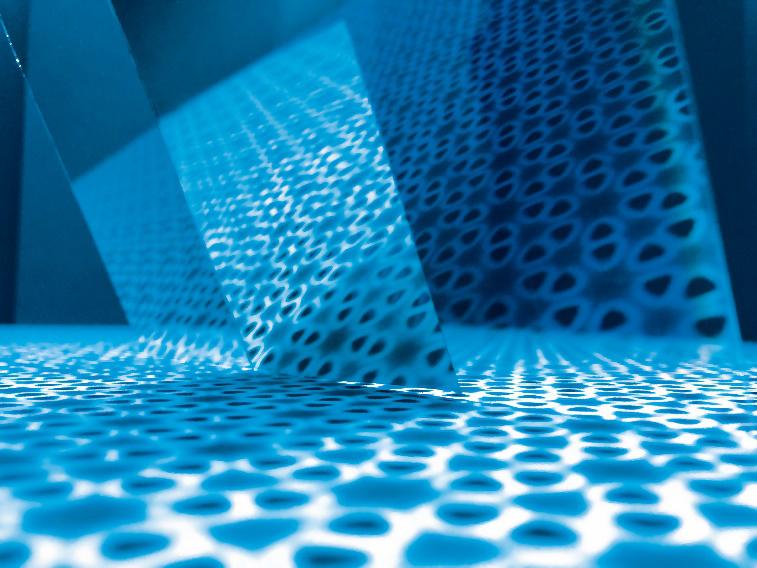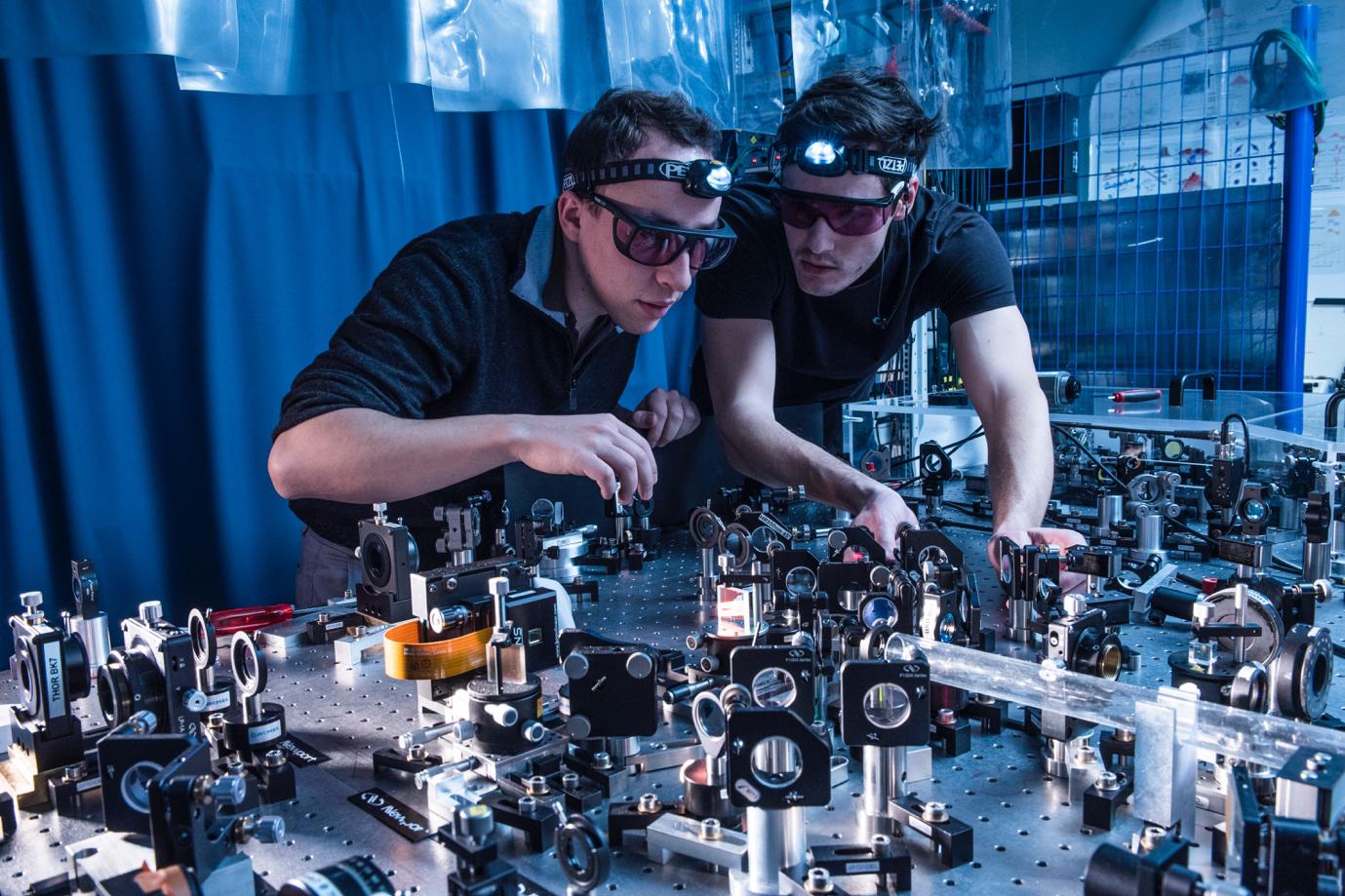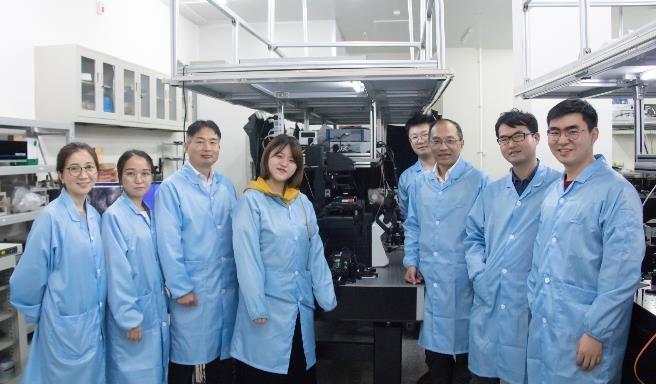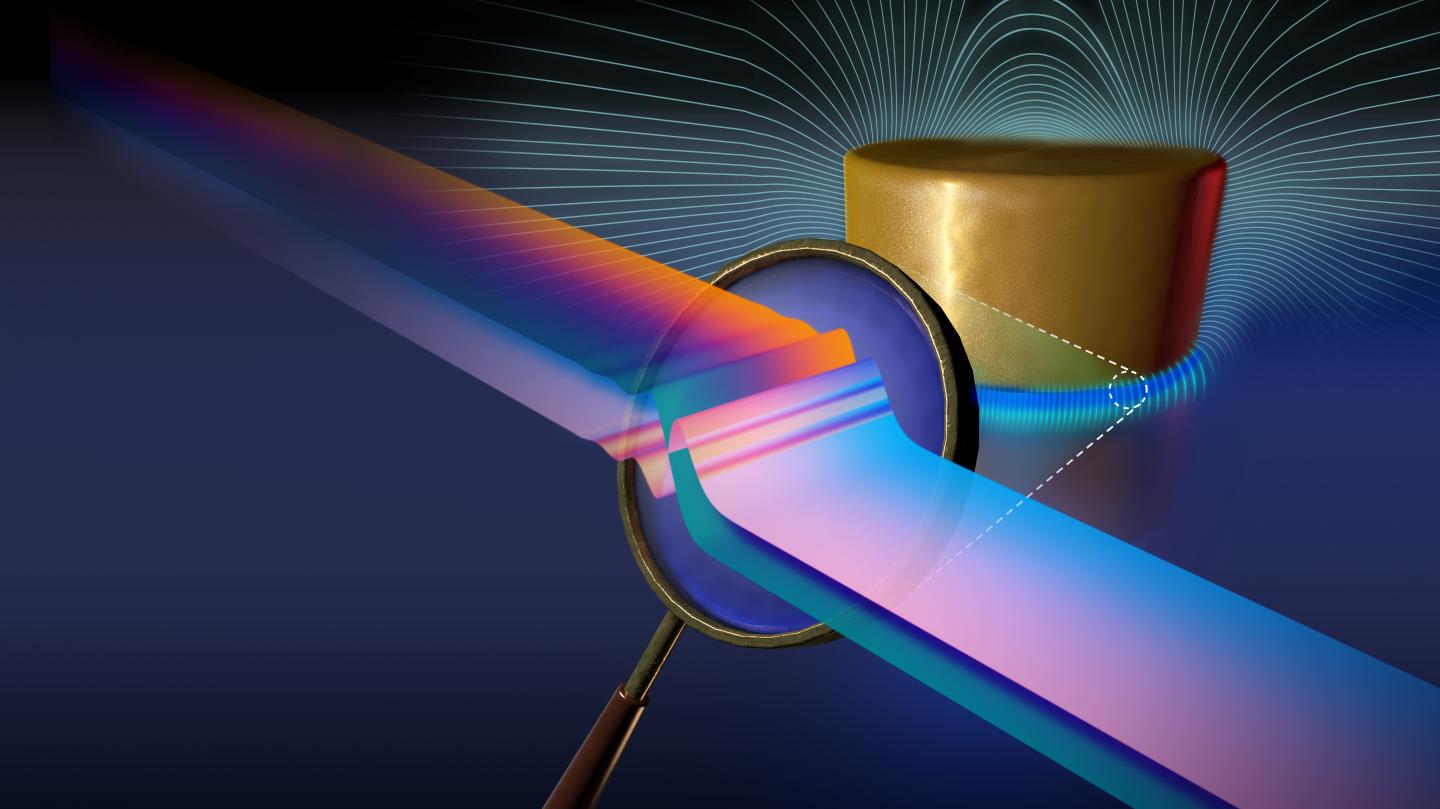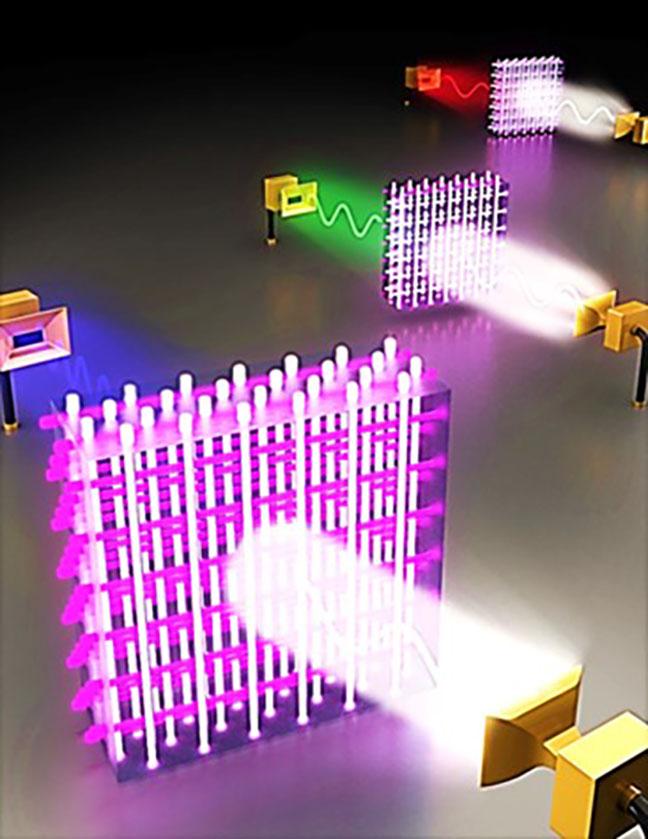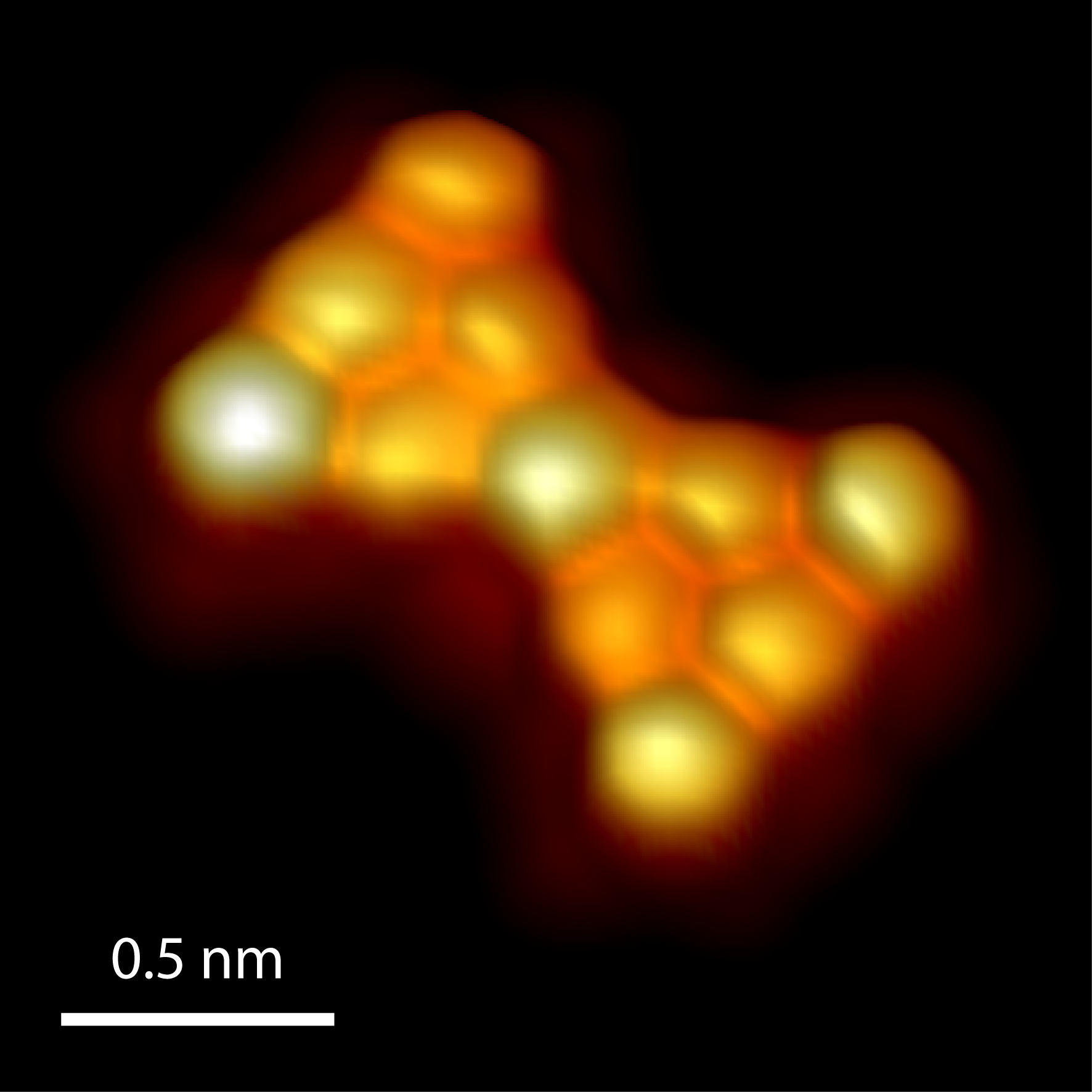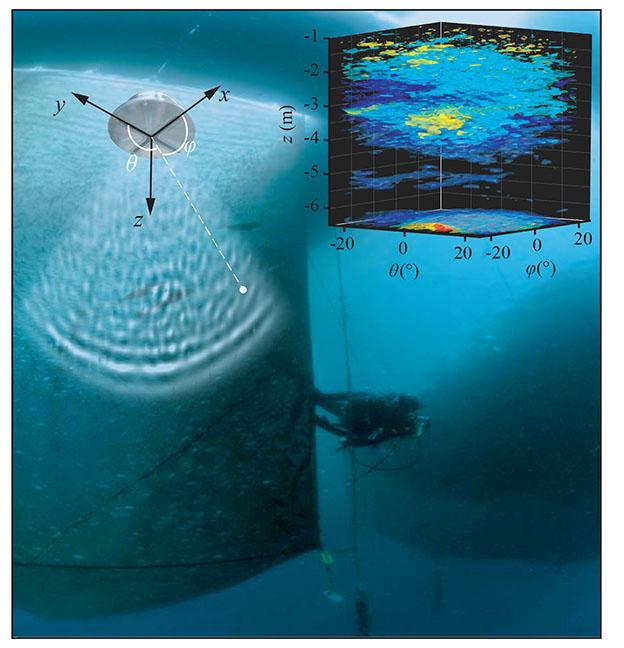Researchers discover a topological bulk effect for high performance lasing
Recently, researchers at Peking University have discovered a new type of reflection mechanism based on topological band-inversion, which opens a new paradigm of harvesting the topological effect for practical applications beyond the topological edge/interface states. Basing on this effect, they demonstrate a high-performance topological bulk laser, which works at room temperature and reaches the practical … Read more
